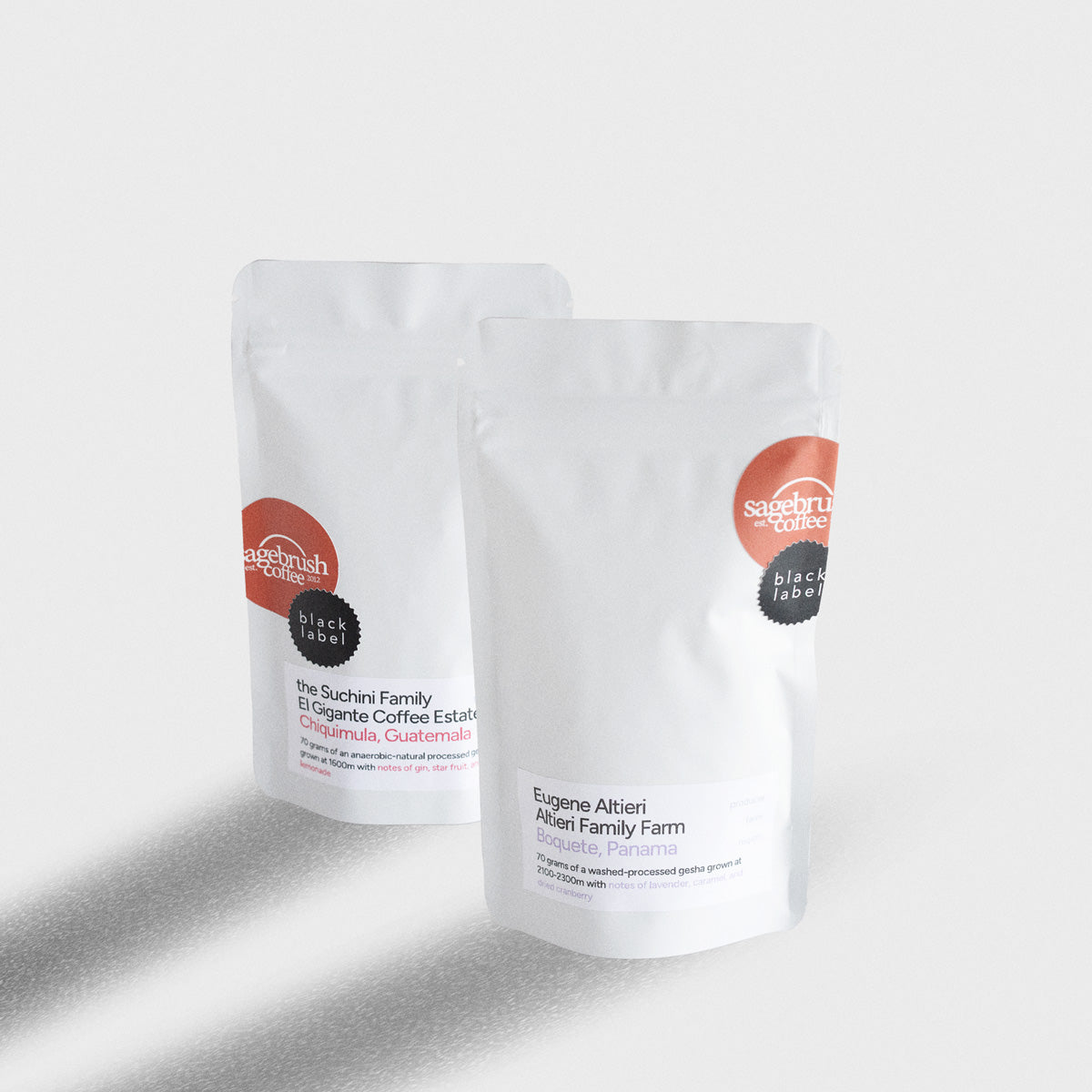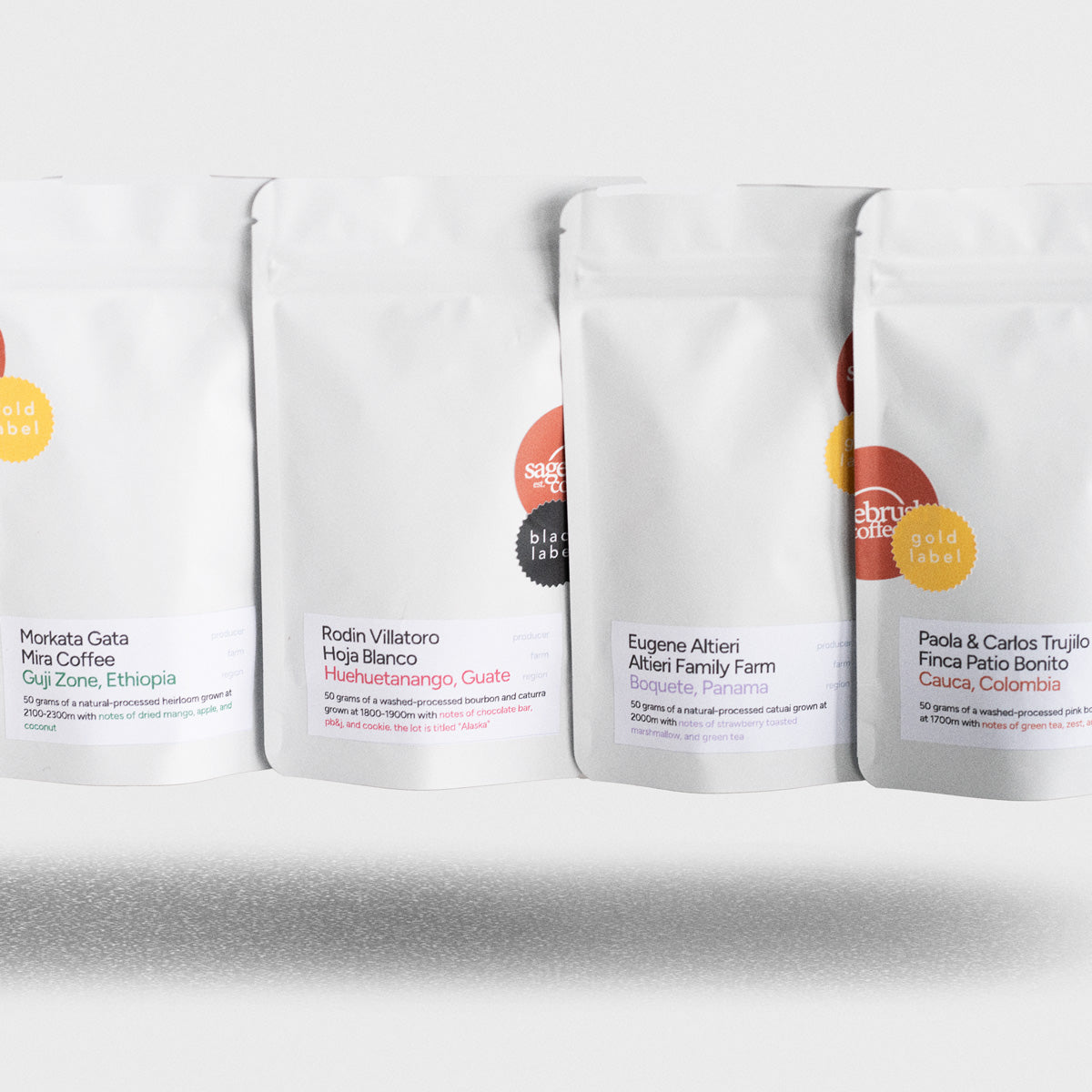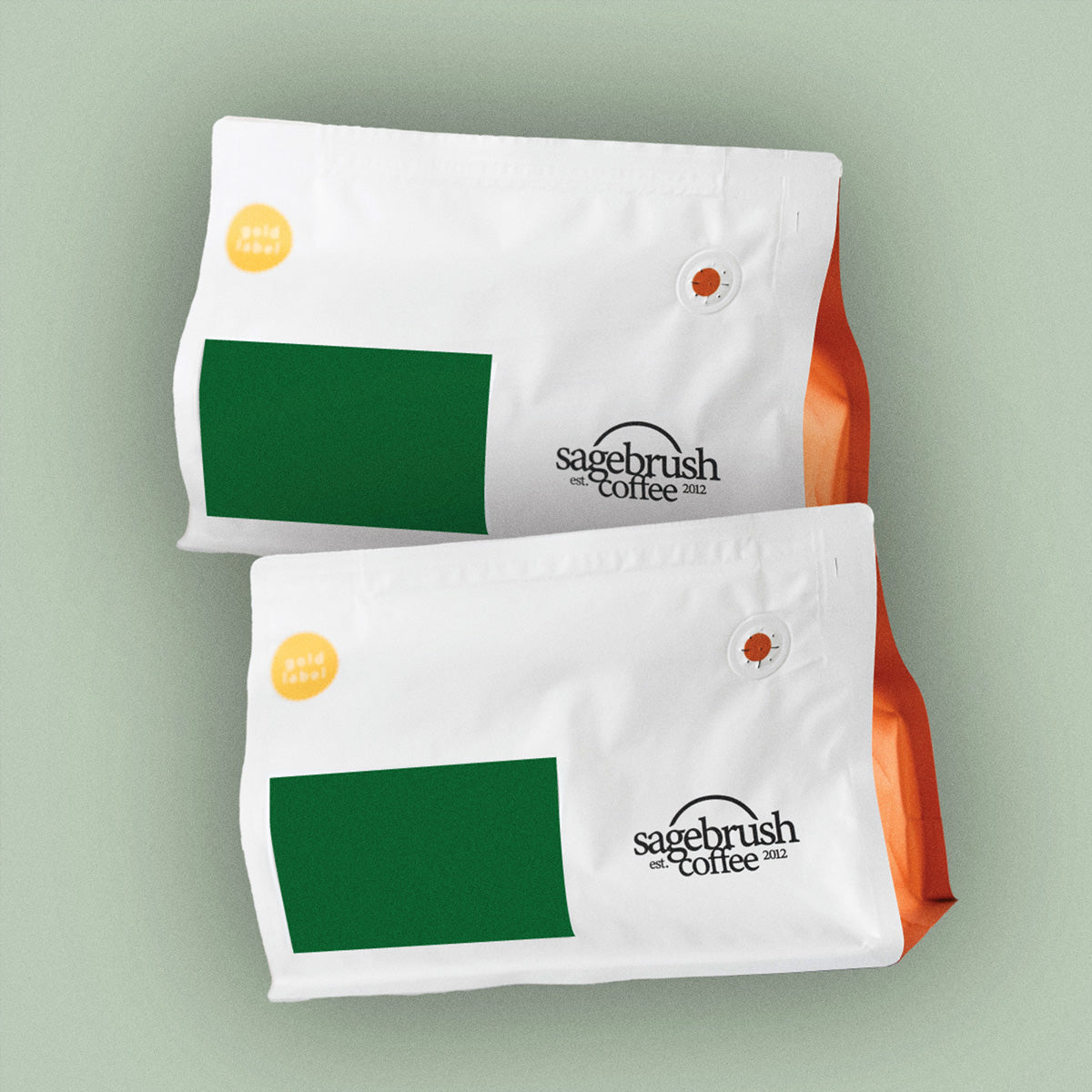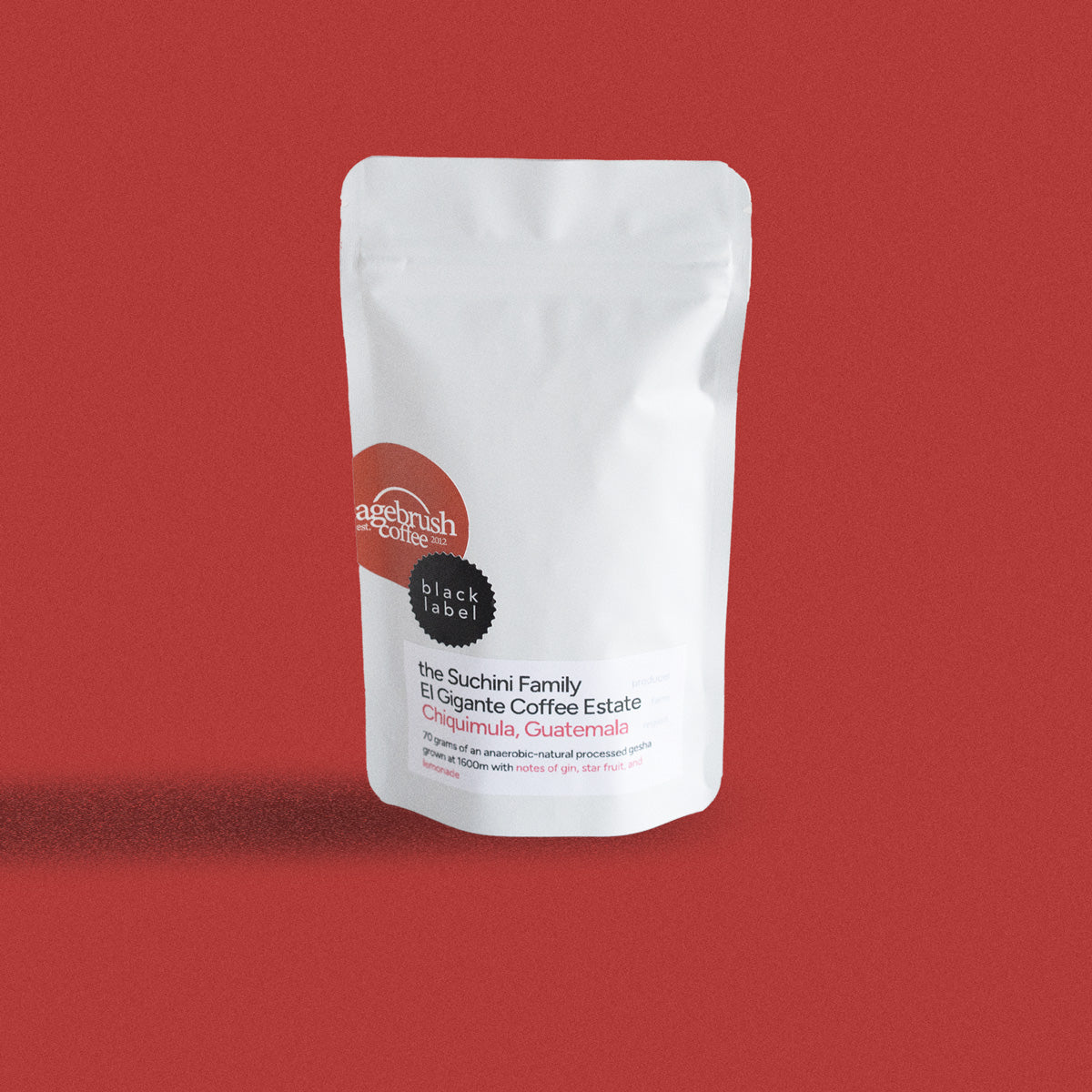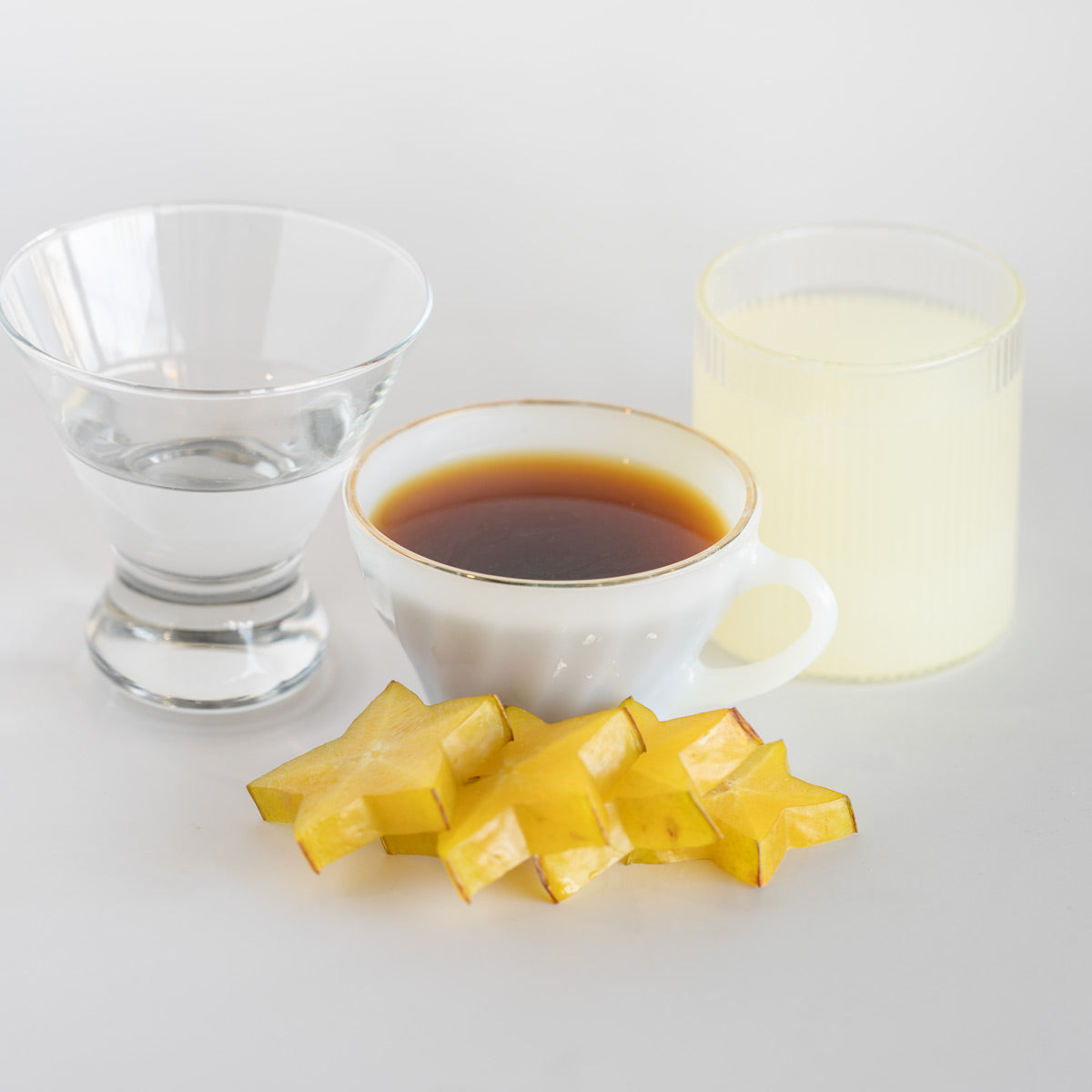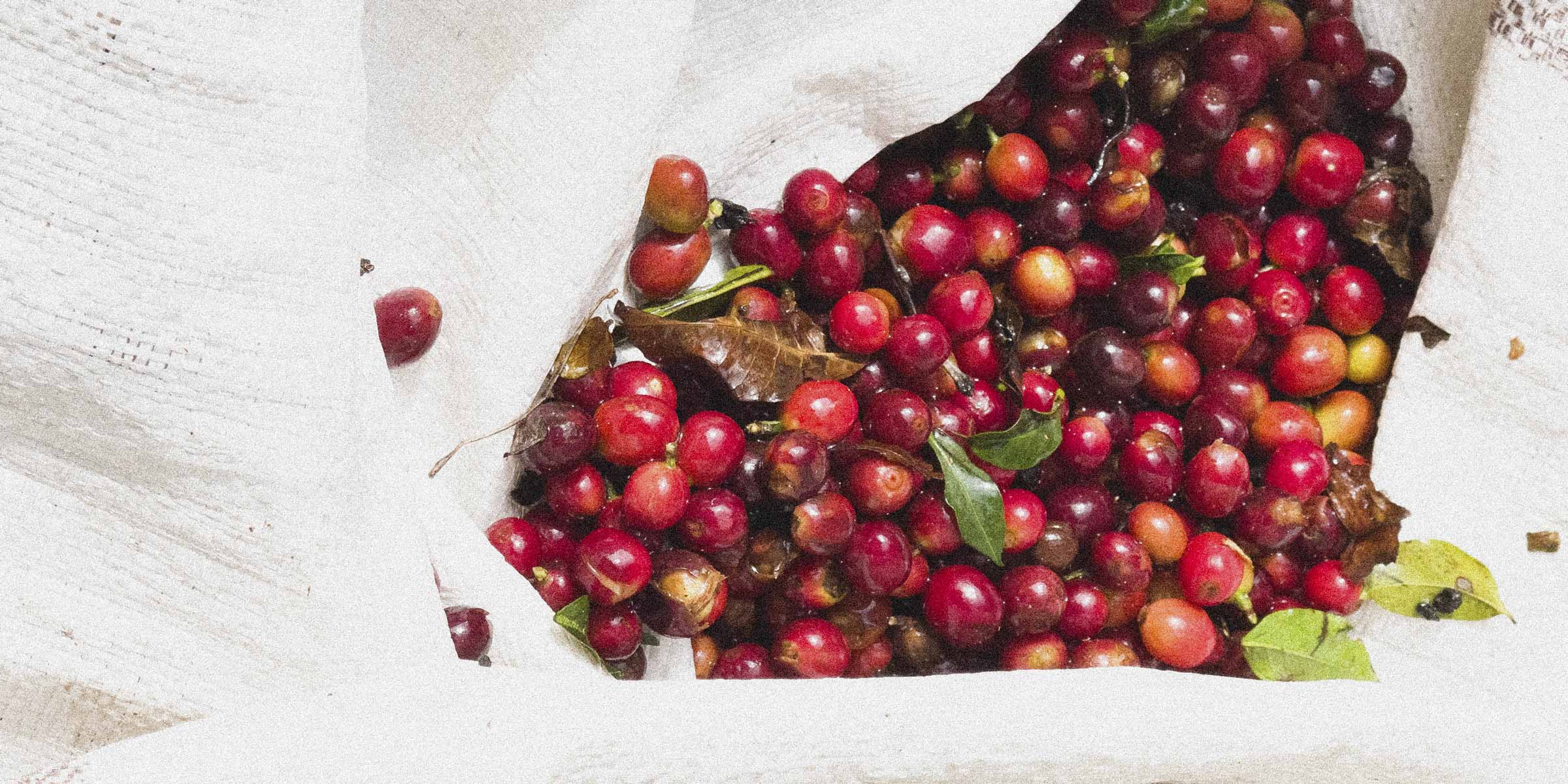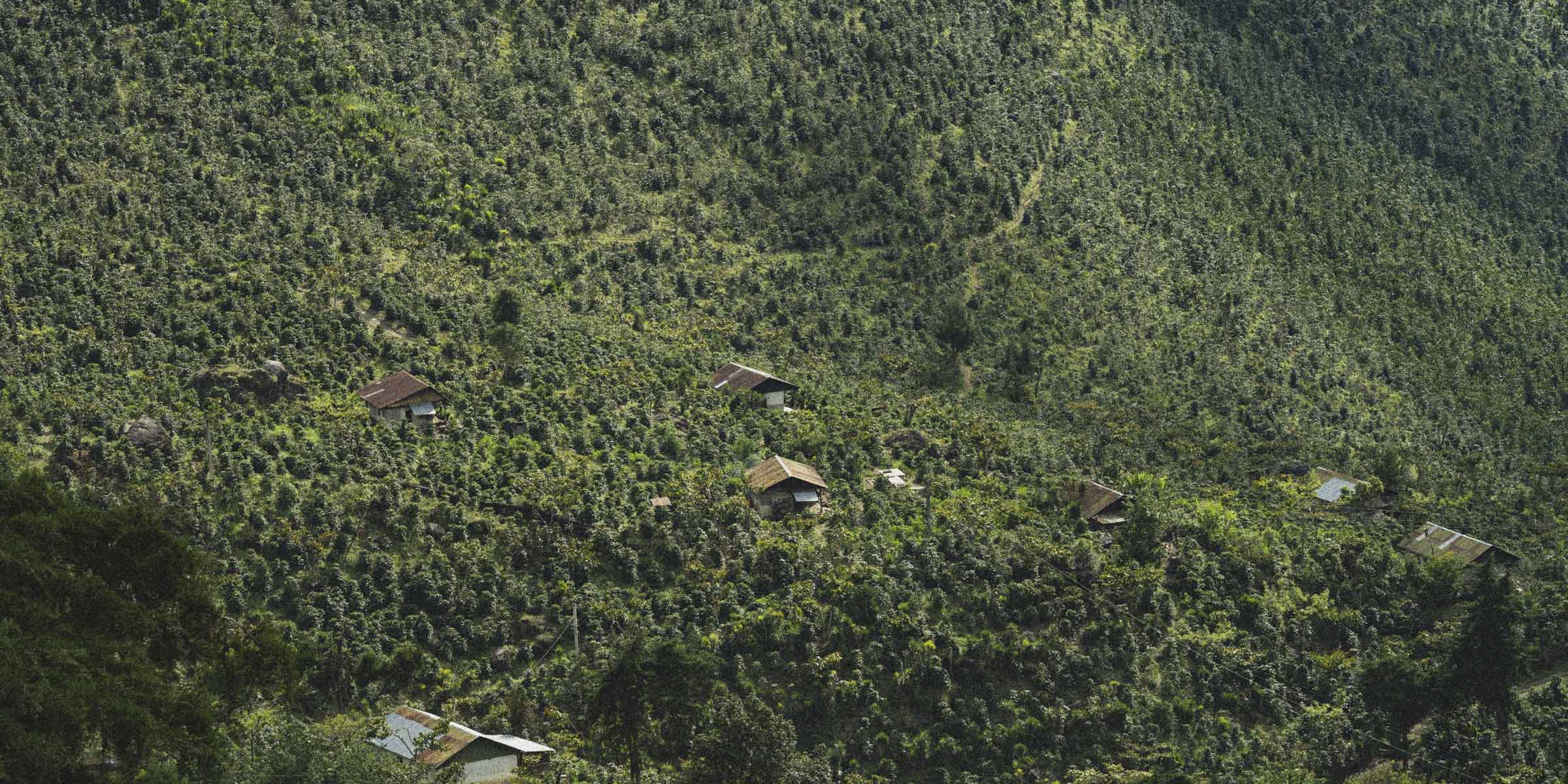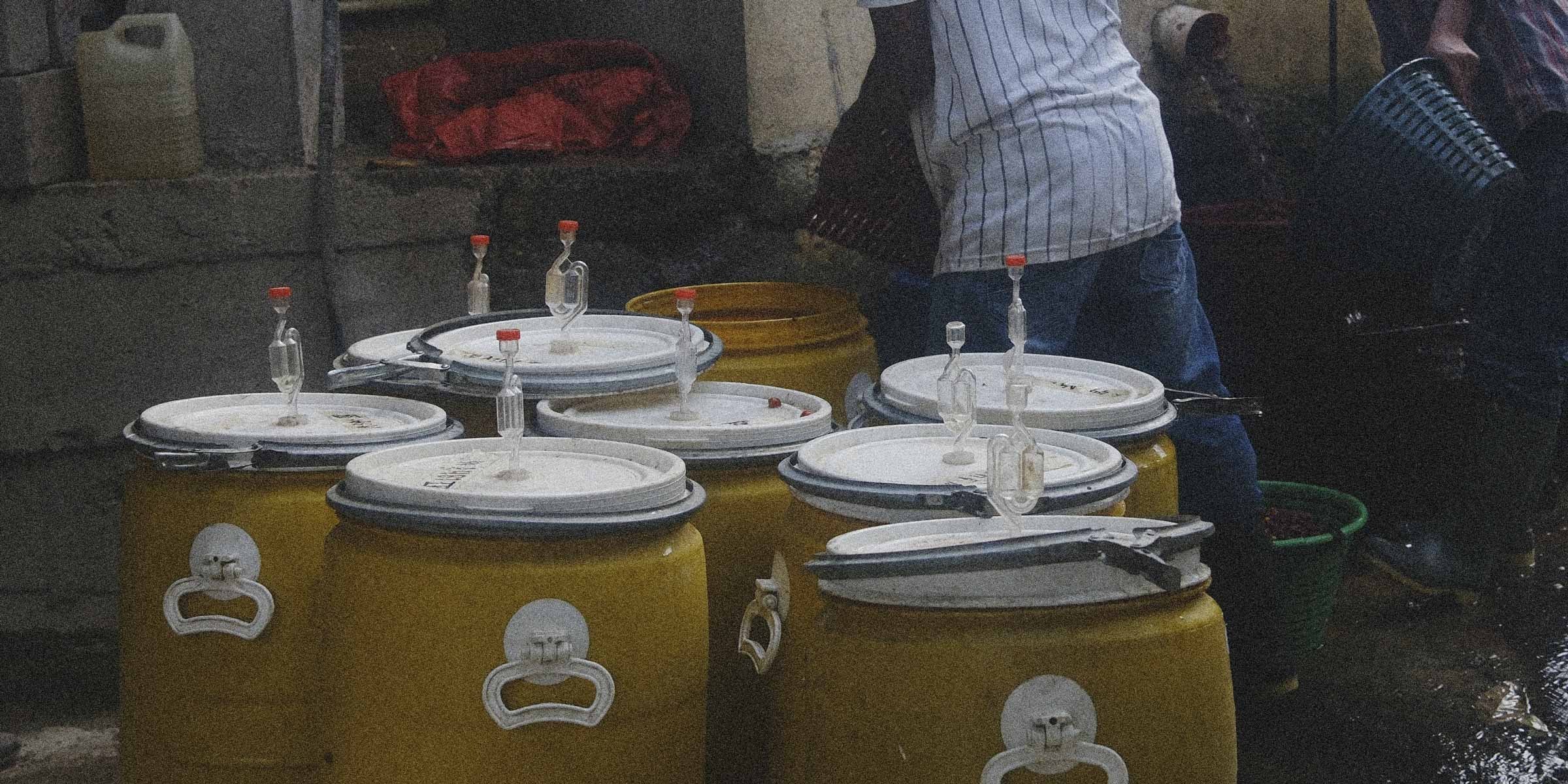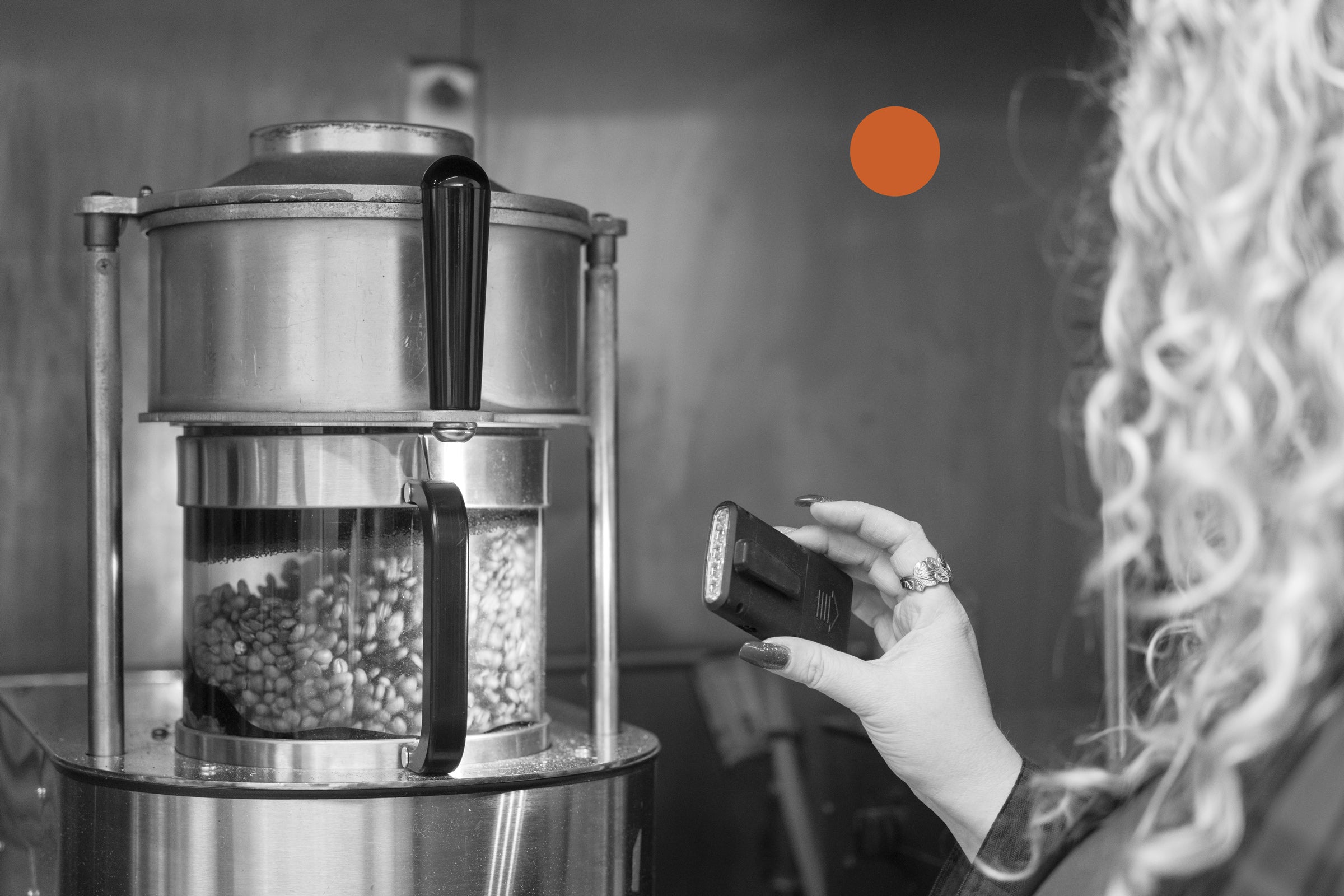Much like any other crop, there is a prime season for harvesting coffee. As I have mentioned before in other blogs, coffee beans come from a specific coffee-growing plant. When the plant grows to maturity, it will yield a cluster of fruit. Also referred to as cherries, these fruit clusters are initially green and then ripen into a beautiful shade of red similar to a cherry. Within the cherries is a pulp and two oval-shaped beans that once harvested, processed, and roasted become the coffee beans we know and love.
Coffee likes to grow in a tropical environment, and there is a window close to the equator (known as the Coffee Belt) where coffee grows best. This ideal climate is why coffee from the United States is only successfully grown in Hawaii. Understanding that coffee needs a specific environment to grow and thrive, you can relate the harvesting patterns of coffee to produce. In America, because coffee is so accessible, it almost seems like coffee is available at all times from all different regions. That is not the case, especially when it comes to specialty coffee beans.
In most countries, coffee beans are harvested once per year. There are some countries, such as Kenya and Colombia, that experience favorable climates all year long. In these countries, smaller secondary crops (also known as fly crops) are harvested. Like a seasonal fruit, the best coffees will only come from each region's primary crops at their ideal times of the year. Since we are not consuming the actual cherry fruit, some processes take place to enhance the pit of the cherry (or coffee bean) to make the flavors last longer as a green bean before it is delivered to us and roasted. This detail allows the seasonality or shelf life not to be as extreme as the specific seasonality of fruit. It is also a detail we as roasters have to keep in mind as we choose our new coffees each season.
During the harvesting process, only the ripest cherries should be plucked. The more mature the cherry is at harvesting, the more flavorful and less acidic the roasted coffee bean. It can take 2-3 months for a cherry to ripen fully. Once the cherries are removed from the tree, several weeks go by between the process of plucking to us receiving the green beans for roasting. Since the entire process is lengthy, the shelf life of coffee cannot afford to be as short as, say, a strawberry. The fact that coffee seasons vary by region is a massive benefit to us when deciding which coffees to purchase and sell. As soon as a new coffee season begins, we receive samples of early crops to test roast, and most of our decisions are made off of those initial crop samples. Early crop samples can be a bit of a gamble because even though the sample may have roasted well, we do not always know how the full crop will taste. A lot of trust is put on the producers, their knowledge and ability, and their consistent processes.
One of the most challenging parts of picking coffees is being patient enough to wait. A sample can arrive 3-4 months before we receive the full pallet of beans. Recognizing that coffee is a seasonal crop and acknowledging that there is a long lead time between picking our coffee and offering it to our customers allows us to understand the shelf life of coffee better and plan ahead. Will the flavor of coffee change overtime? Yes, and that is why we try to only plan for six months (at most) of each type of coffee at a time. The environment of our coffee shop can impact the flavor profile due to inconsistent humidity adjustments. Does that mean the coffee profile worsens over time? Not necessarily. Green beans can be on the shelf for years, but the bean's flavor profile may not be as vibrant. The timing of those changes can also vary from bean to bean. Our primary goal as a specialty roaster is to have the beans' flavor and quality is at their prime the moment we open the bag to the moment it is emptied. As we talk more about coffees from different origins, we will dive deeper into their ideal harvesting seasons. For now, the most crucial part to understand is that it's not the country of origin that impacts the flavor but the seasonality of the coffee.




